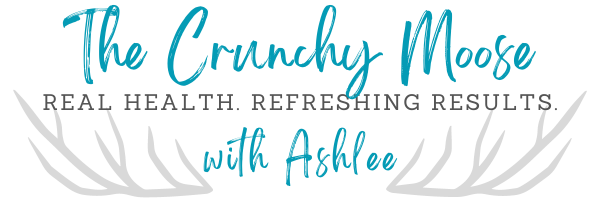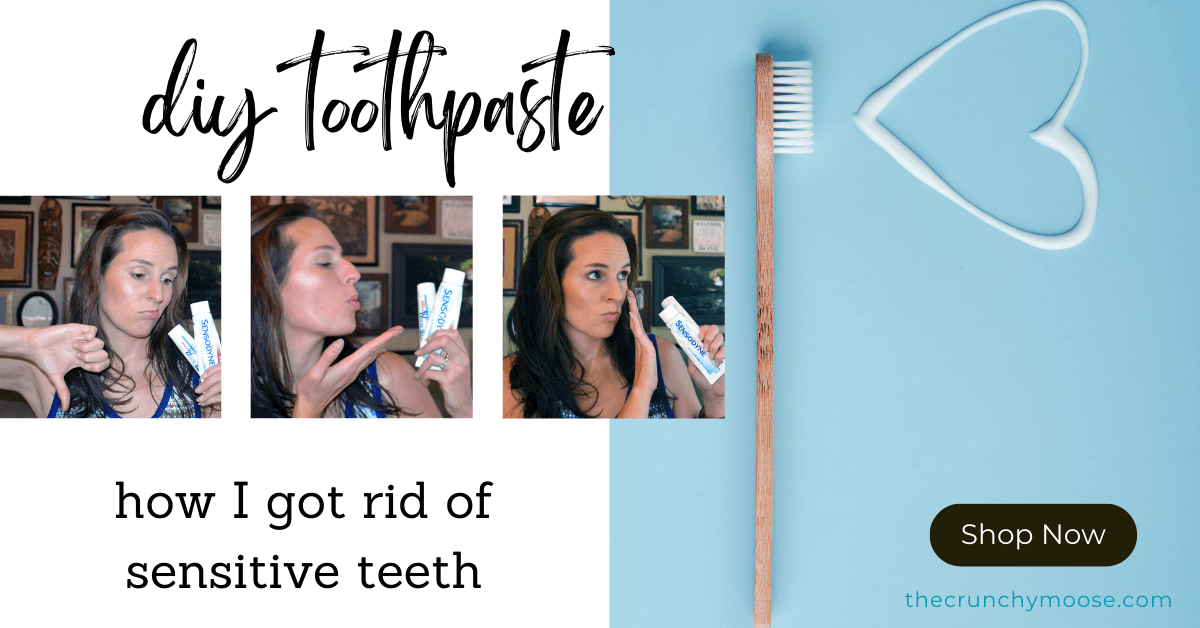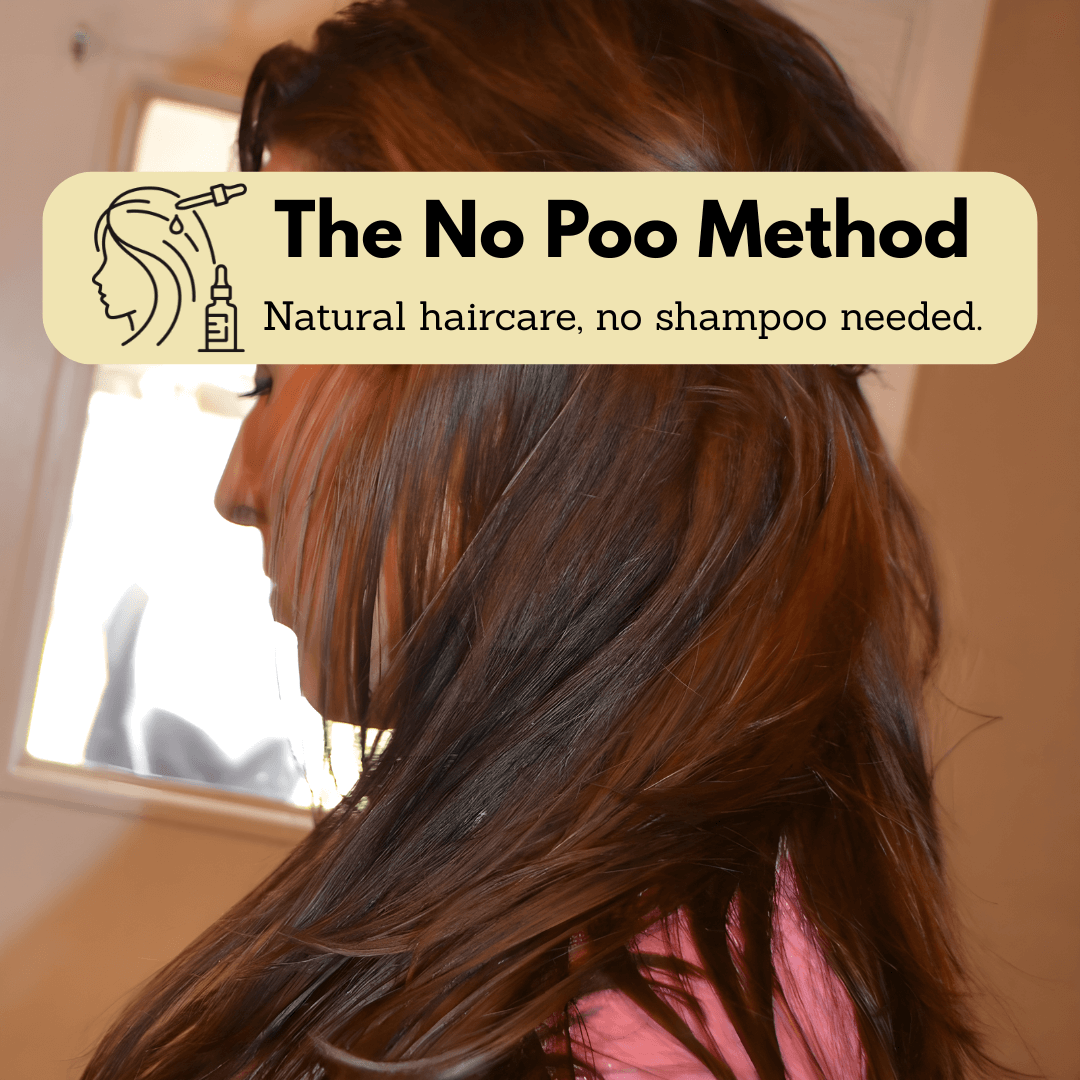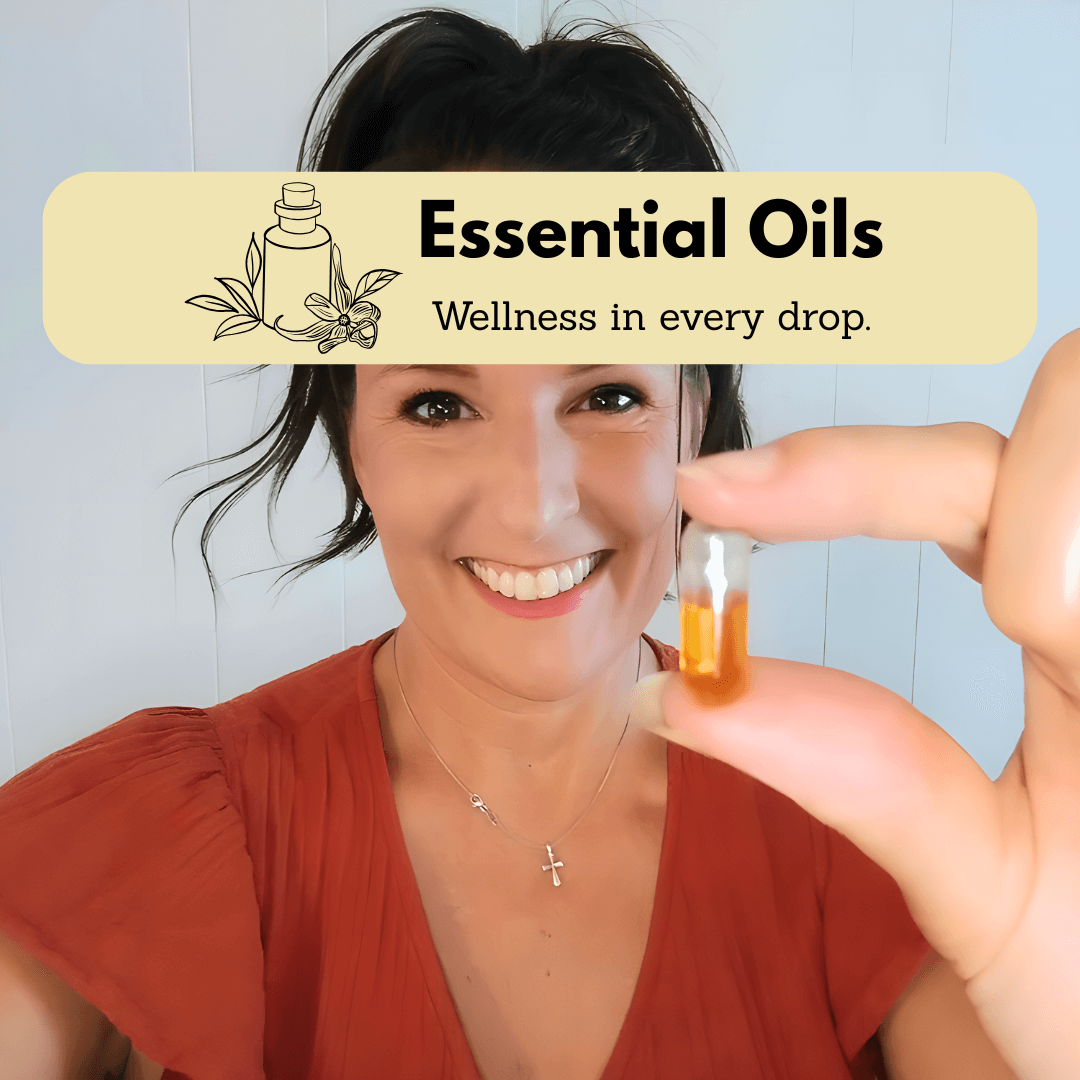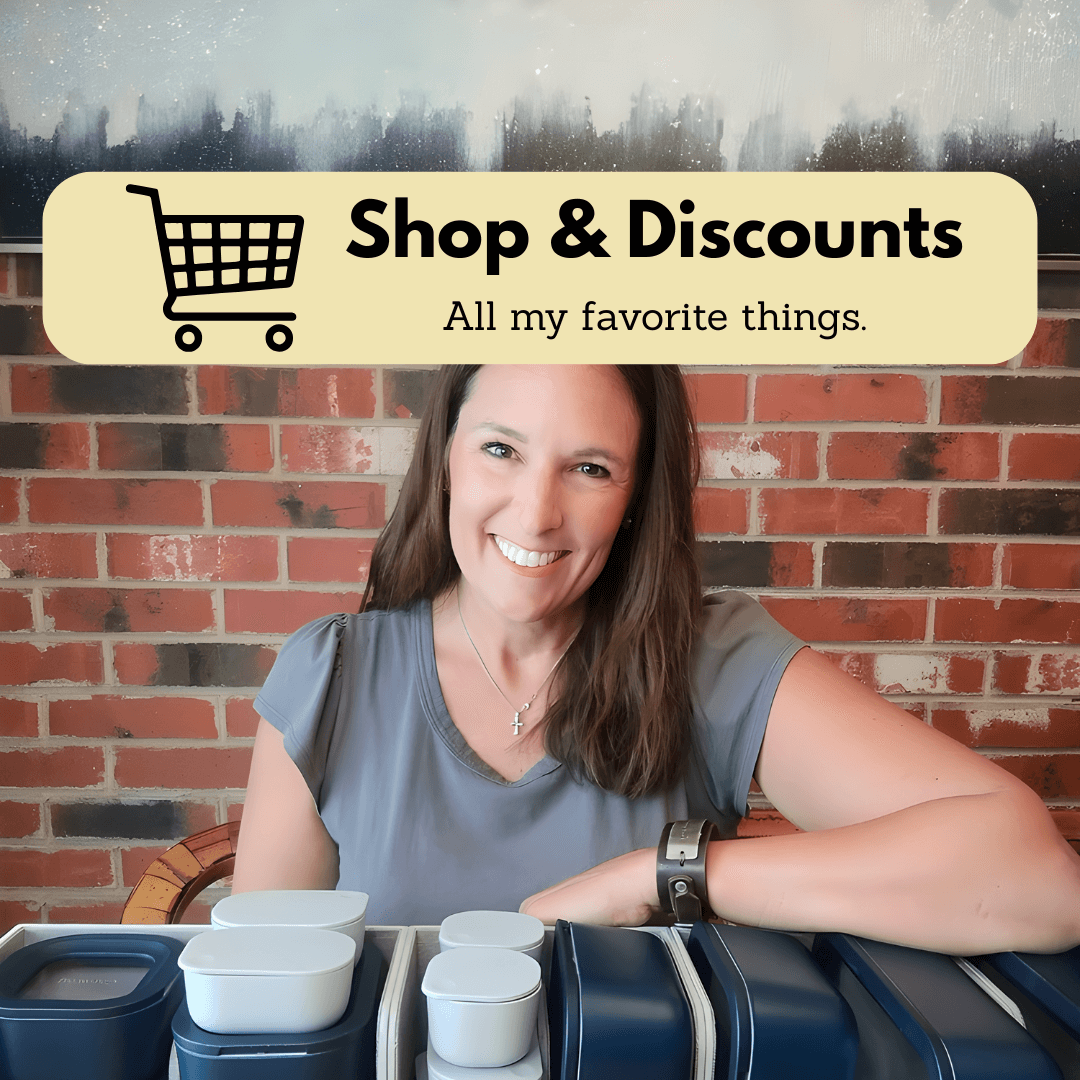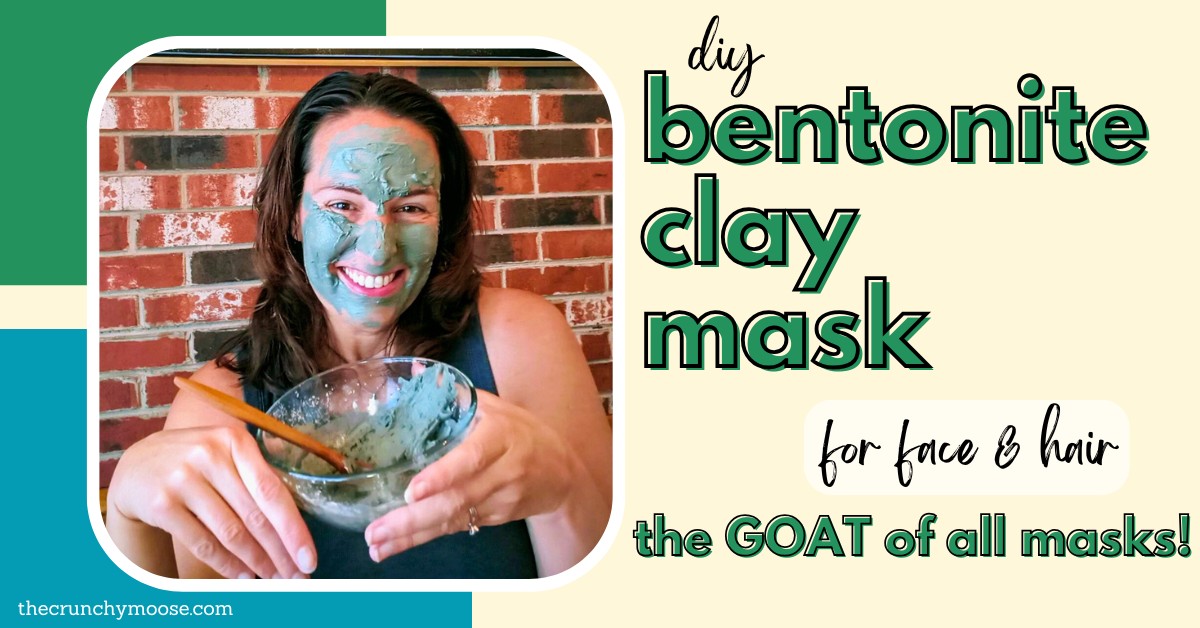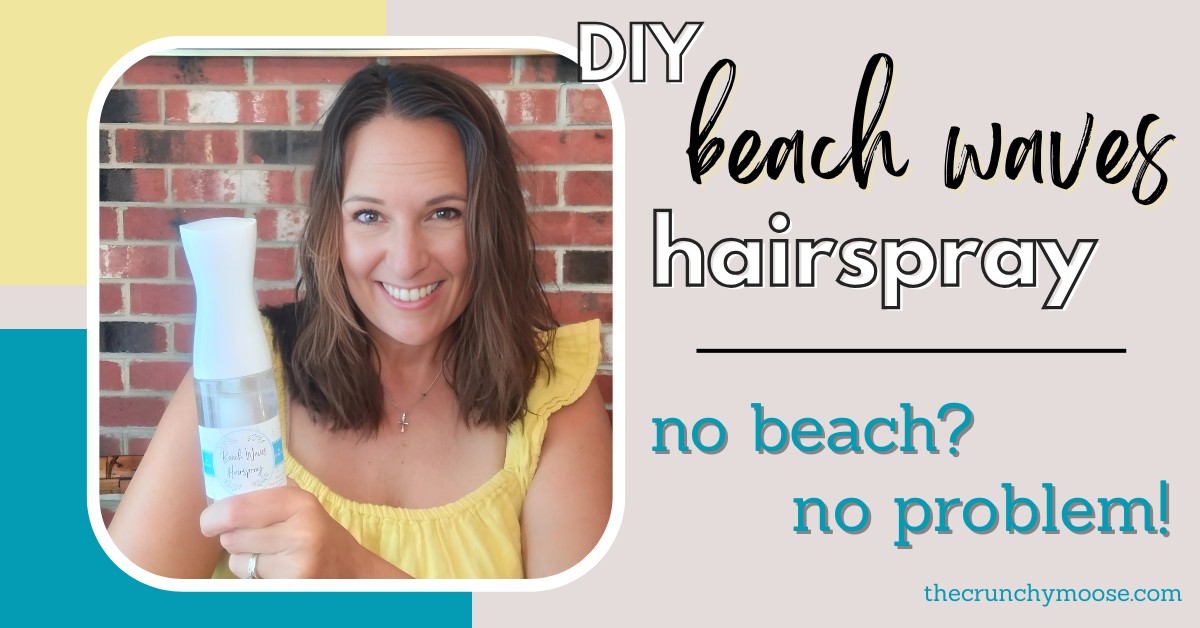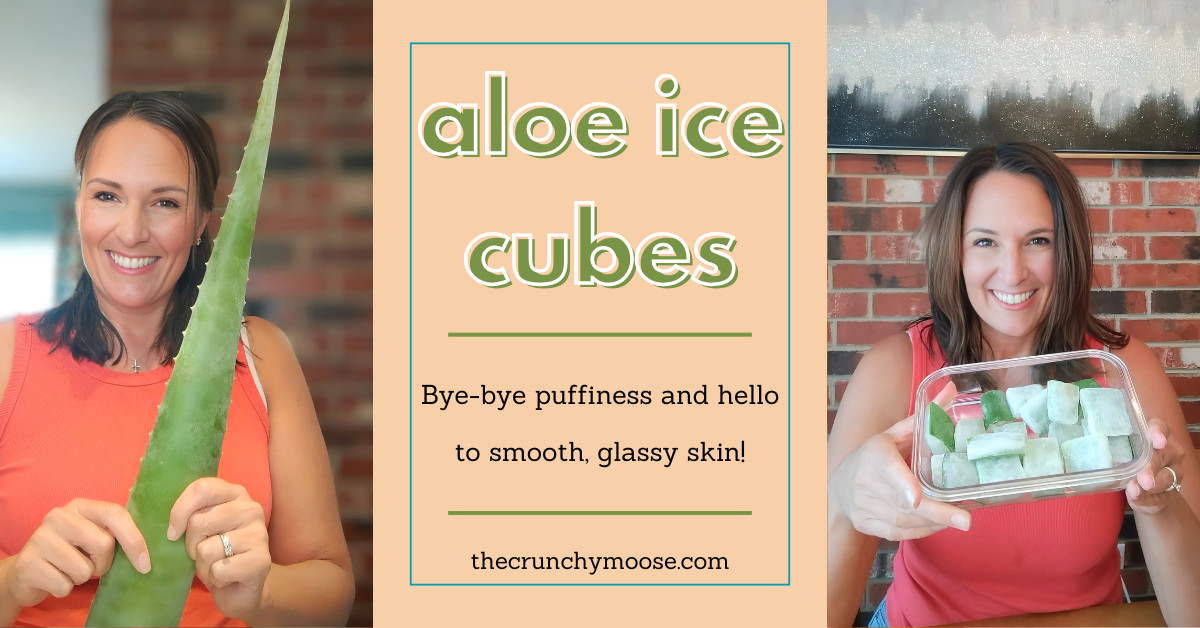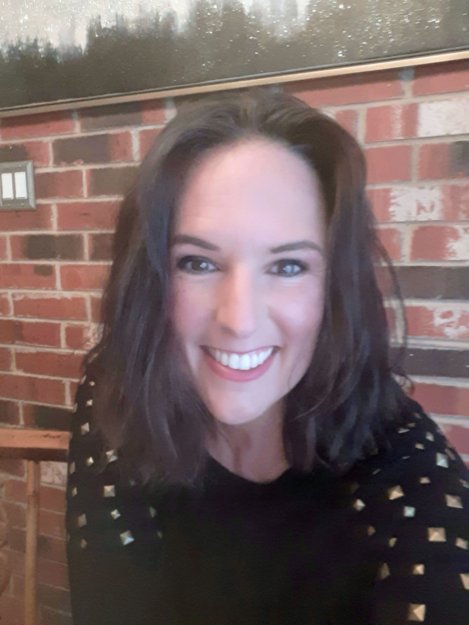
When was the last time you really paid attention to the ingredients in your toothpaste? Most of us grab a tube off the shelf without a second thought, assuming it will keep our smiles healthy and bright. But what if I told you that some of the ingredients lurking in your toothpaste may actually be doing more harm than good?
And you might be thinking...
"but I brush for just a couple minutes then spit it out. Do the ingredients really matter?"
Yep. The ingredients pass through the lining in your mouth & enter your bloodstream, get mixed in with your saliva, and any bit that is swallowed enters your gut & digestive system.
Let's chat about some ingredients to lookout for so you can safeguard your teeth and gums by avoiding potential dangers and embracing natural alternatives. Always consult your medical care providers.
7 Common Harmful Ingredients to Avoid in Toothpaste
#1: Fluoride
- Fluoride supporters claim that fluoride use reduces tooth decay and promotes oral health. However, data shows that tooth decay has been declining since the 1950s with no correlation with fluoride use.
- A Harvard study shows a link between fluoride use and bone cancer in boys.
- This study shows " an adverse effect of high fluoride exposure on children’s neurodevelopment."
#2: Sodium Lauryl Sulfate (SLS)
- SLS is a common ingredient that causes foaming in toothpaste. Many people associate the foaming action with cleaning.
- However, SLS can potentially irritate the soft tissues in your mouth, leading to canker sores or an uncomfortable burning sensation.
- If you frequently experience mouth ulcers or are prone to sensitivity, SLS may be an aggrevator.
- This study states, " Possible harmful effects of SLS were reported as mucosal desquamation, irritation or inflammation of oral mucosa or the dorsal part of the tongue, ulcerations, and toxic reactions in the oral cavity."
- This study shows "a statistically significant decrease in the number of ulcers after using the SLS-free" toothpaste.
#3: Triclosan
- Triclosan is a chemical ingredient with antibacterial properties.
- In 2016, the FDA banned the use of triclosan in soap because it may "disrupt hormone cycles and cause muscle weakness."
- The FDA states that triclosan "contributes to making bacteria resistant to antibiotics" and are looking into the "potential of developing skin cancer" from triclosan exposure.
#4: Parabens
- Parabens are added to personal care products as a preservative to extend shelf life.
- The parabens used most commonly in cosmetics are methylparaben, propylparaben, butylparaben, and ethylparaben.
- Parabens are a known "endocrine disruptor that may result in reproductive disorders, affect birth outcomes and increase the risk of cancer." (source)
- This study states that "parabens can cause DNA damage" and have the "ability to enable multiple cancer hallmarks in human breast epithelial cell."
#5: Diethanolamine (DEA)
- DEA is a foaming agent that's also found in antifreese and brake fluid.
- DEA is banned in Europe because it's linked to cancer and organ toxicity.
- This study "found an association between the topical application of DEA and certain DEA-related ingredients and cancer in laboratory animals."
#6: Propylene Glycol (PEG)
- PEGs are petroleum based products that help smooth the texture of the product.
- PEGs are used in anti-freeze and paint.
- Studies (here and here) has been linked to damage of the central nervous system, liver, and heart
#7: Artificial Colors and Sweeteners
- Artificial sweeteners like saccharin, aspartame, and sucralose may cause gut imbalance, increase bacteria, cause insulin resistence, and have been linked to cancer.
- Certain synthetic dyes like FD&C Blue No. 1 or Yellow No. 5 have been linked to allergic reactions and hyperactivity, especially in children.
Holistic Oral Care Solutions
The good news is there are a lot of holistic and natural dental care products that don't have any of those ingredients.
I'm a big fan of DIY and homemade recipes. Here are my favorite:
DIY Toothpaste:
- I used to have sensitive teeth. I used to use a maximum strength sensitive toothpaste. I used to use a numbing gel I got from my dentist everyday. And I STILL had sensitive teeth & gums. And then I started making DIY, nontoxic, homemade toothpaste. My sensitive teeth are a thing of the past.
- Get the recipe for homemade toothpaste here.
DIY Mouthwash:
- The benefits of homemade mouthwash go beyond just clean breath and a refreshed feeling. When you make your own mouthwash at home, you have complete control over the ingredients you put into it. This means you can choose natural, safe, and organic ingredients that remineralize and whiten your teeth. And you can fully customize your recipe to fit your oral care needs. Plus, most recipes cost pennies per use!
- Get the recipe for whitening and remineralizing mouthwash here.
DIY Oral Pulling Chews:
- Learn how to make oral pulling chews 4 ways here.
Don't wanna DIY? No problem!
My favorite clean oral care products that are free of all the ingredients in the avoid list is Thieves Oral Care.
- Thieves is a blend that includes clove, lemon, and cinnamon essential oils that support healthy teeth.
- Thieves Toothpaste, Mouthwash, and Floss
- When I don't DIY our products, my family uses the Thieves Aromabright Toothpaste, KidScents Toothpaste, and Thieves Mouthwash.
- Learn more about essential oils for oral health here.
- Get a discount code here!
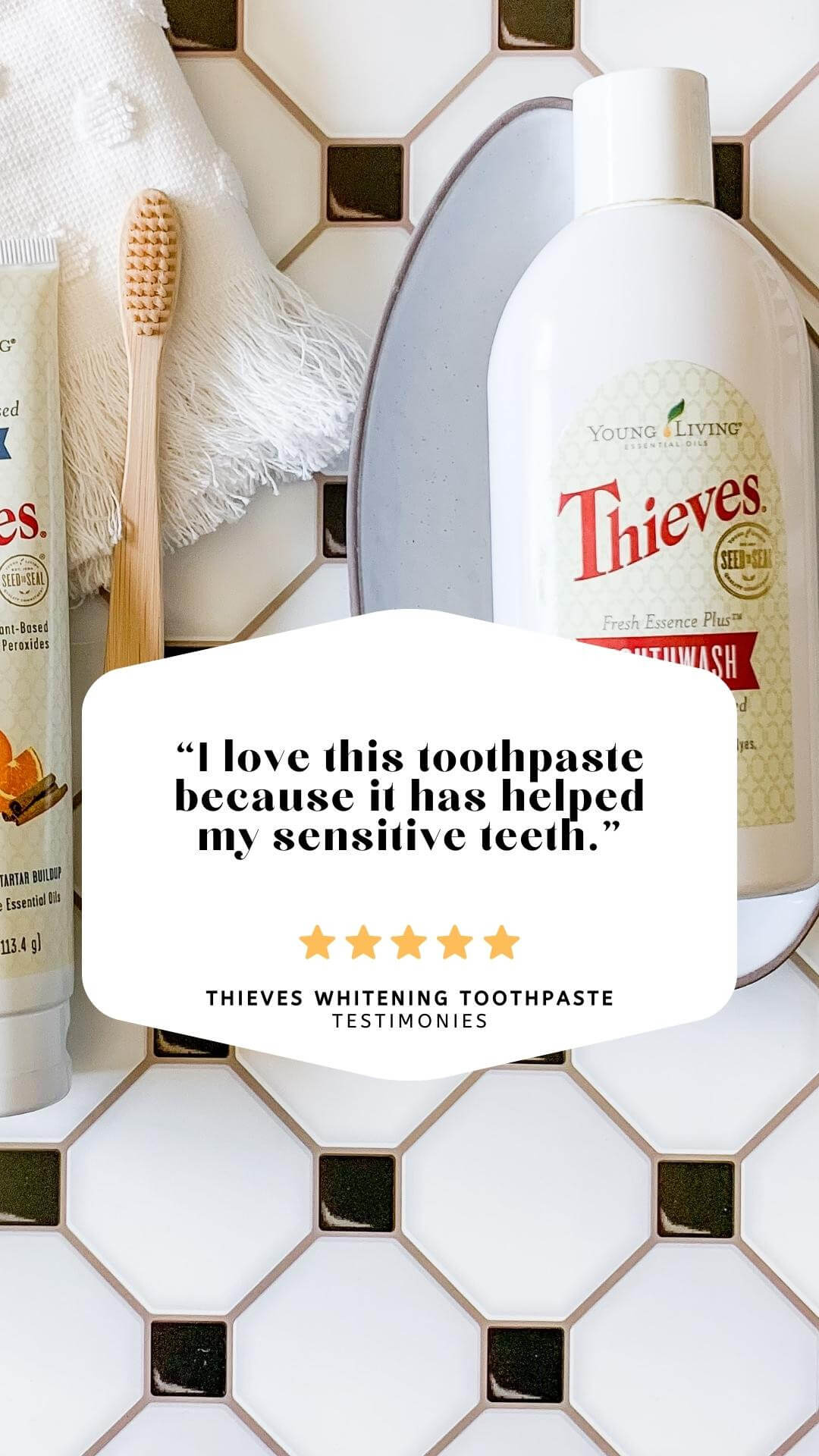 |  |
More Posts on Holistic Oral Health:
- DIY Recipes
- Guides
- How to Use
- Essential Oils for Oral Health
Pin this article to save it for later!
Also check out:
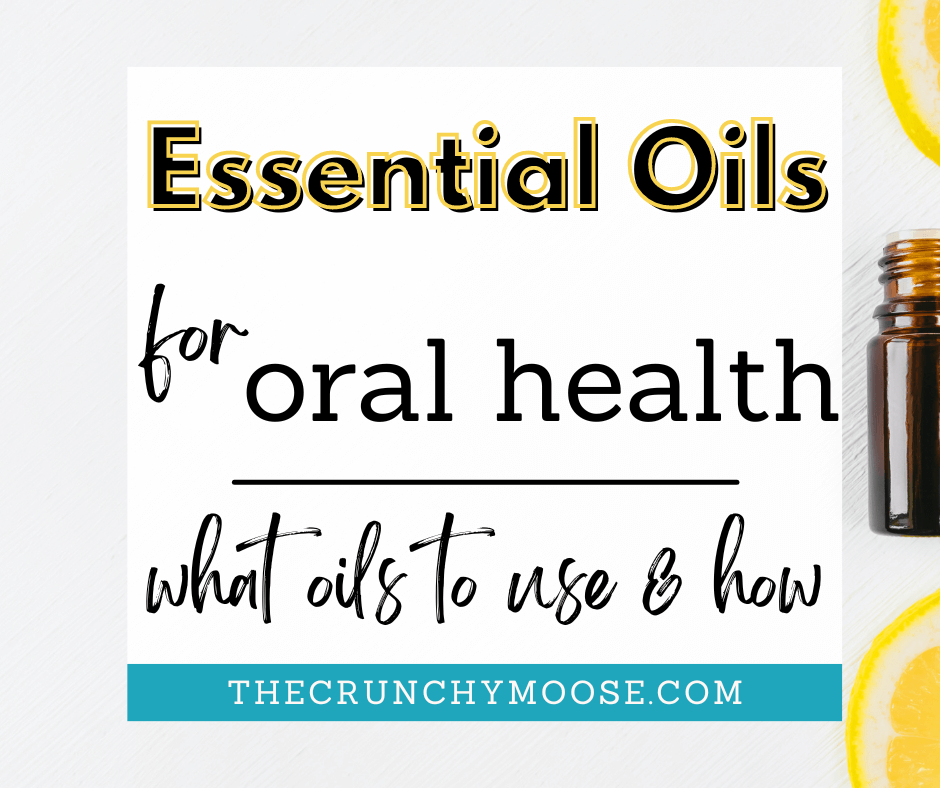 |  | 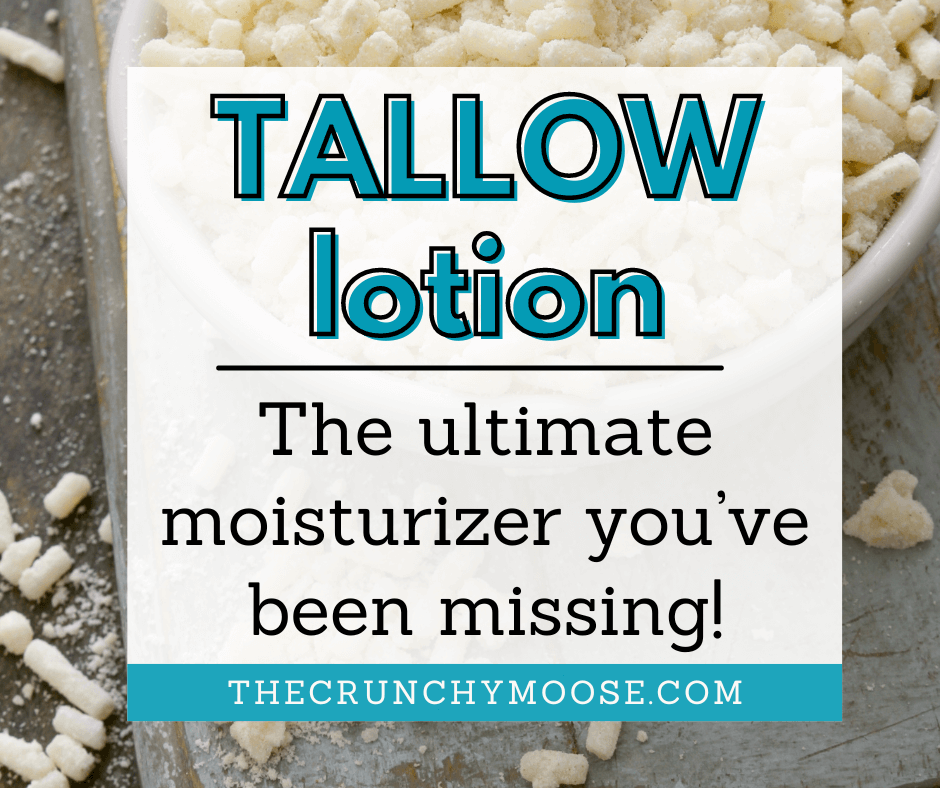 |
 | 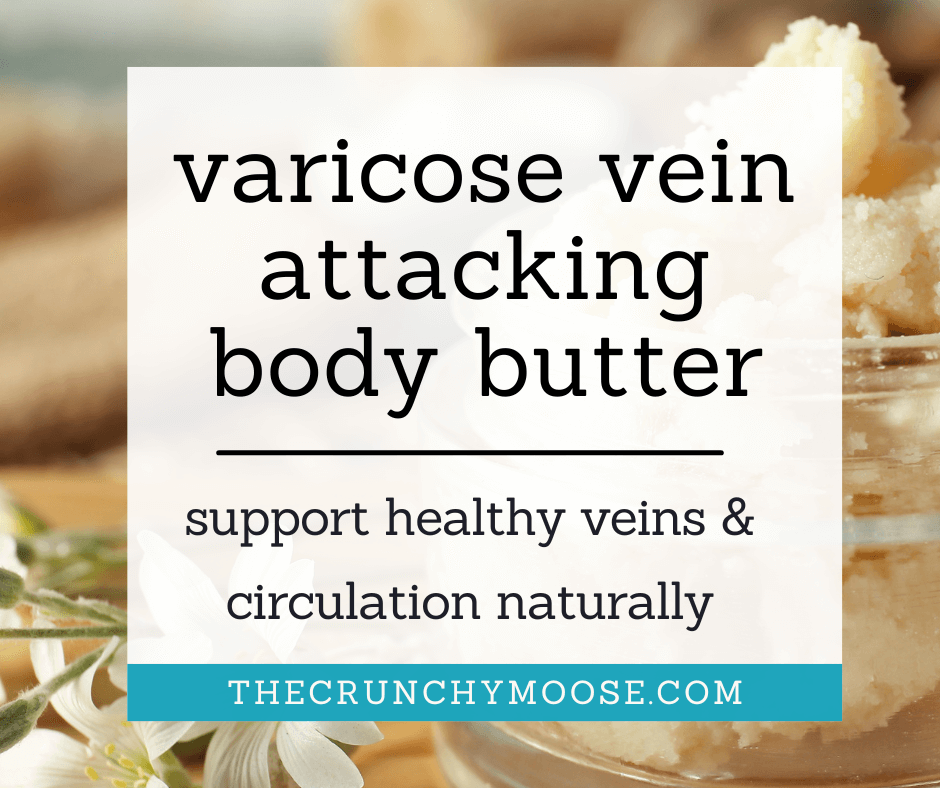 | 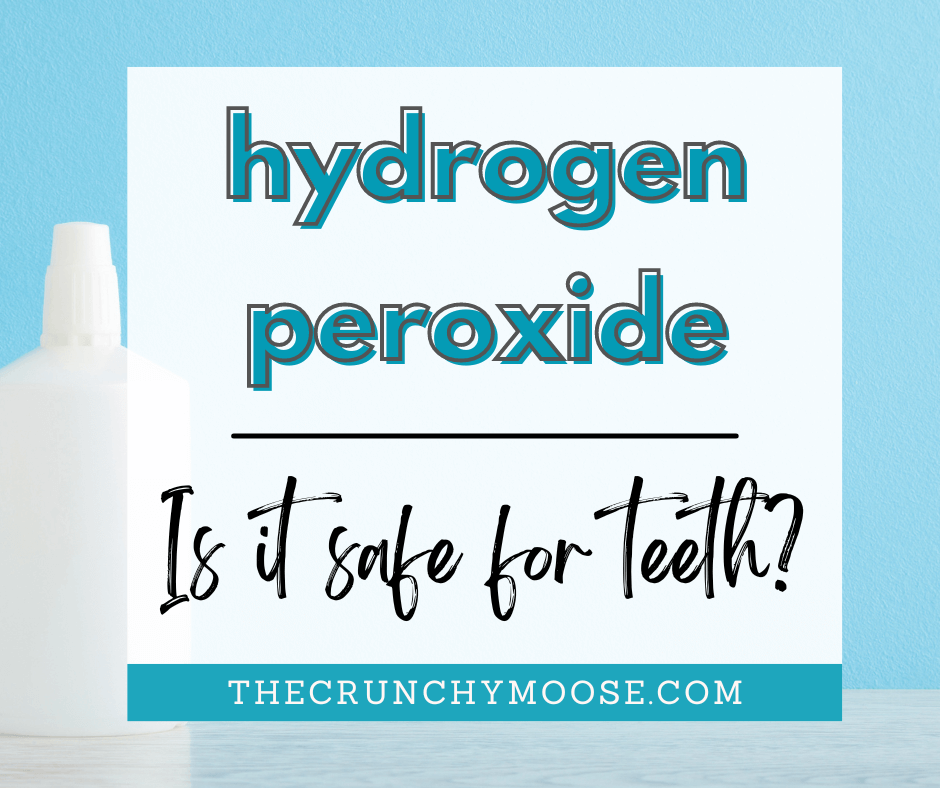 |
